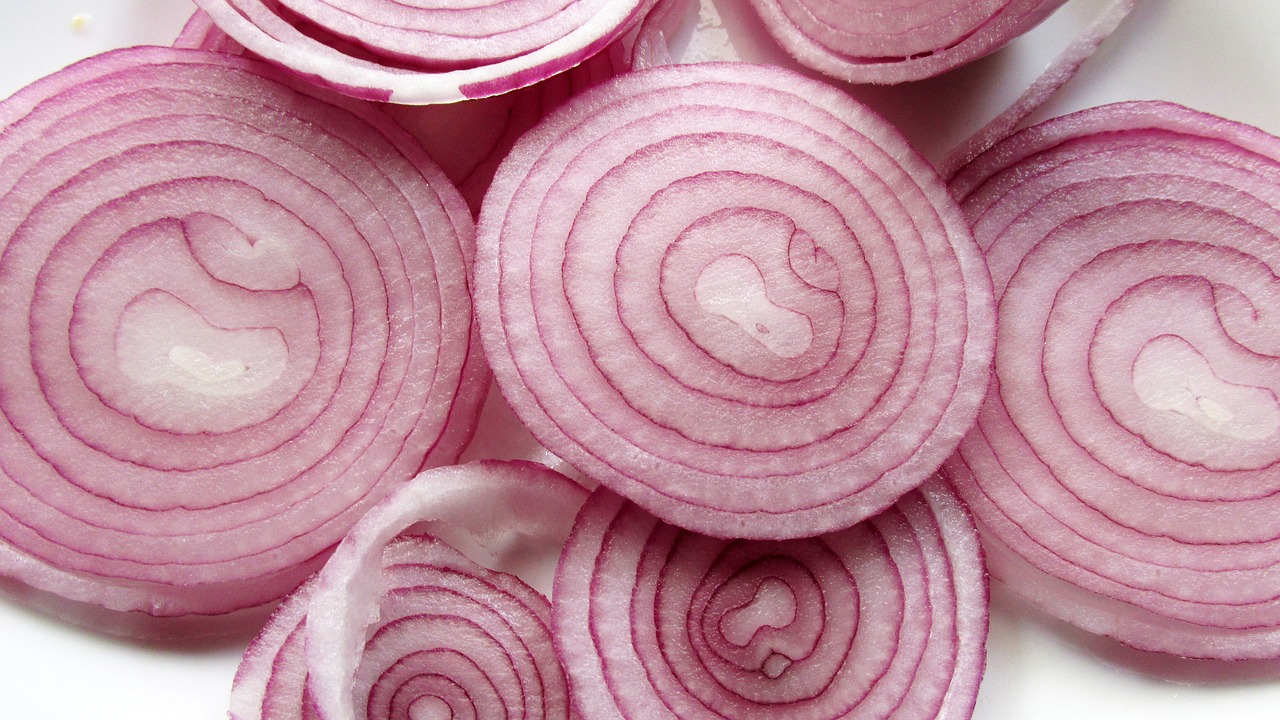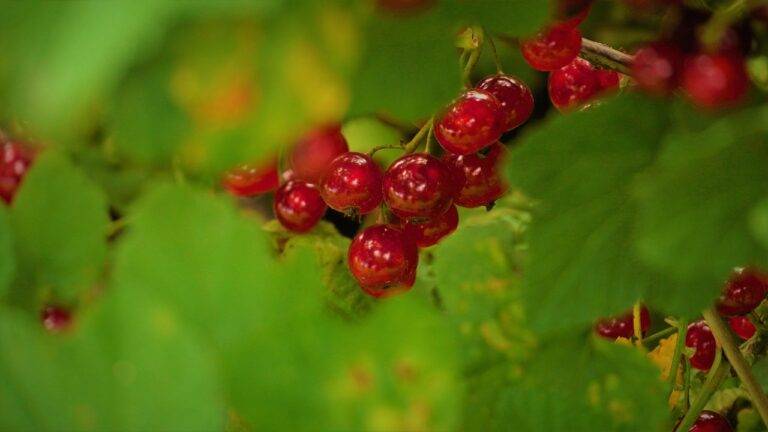The Evolution of Food Packaging: From Tin Cans to Biodegradable Plastics.
In the early days of food packaging, ancient civilizations such as the Egyptians and Greeks utilized various materials to store and transport food. Materials like clay pots, woven baskets, and animal skins were commonly used to keep perishable items fresh and safe from contamination. These early forms of food packaging were rudimentary but essential in preserving food for longer periods.
As civilizations developed and trade routes expanded, the need for more sophisticated packaging arose. The Romans were pioneers in the art of food preservation and packaging, using techniques such as salting, smoking, and pickling to extend the shelf life of their provisions. Amphorae, large ceramic jars with narrow necks, were widely used by the Romans to store olive oil, wine, and other liquids, showcasing the importance of durable packaging in transporting goods across vast distances.
The Rise of Plastic Packaging
As industries evolved, plastic packaging gained popularity due to its convenience and cost-effectiveness. Plastic containers offered a lightweight and durable alternative to traditional materials, revolutionizing the way products were stored and transported. This shift allowed for increased shelf life of perishable goods, reducing food waste and ensuring a longer-lasting supply chain.
The versatility of plastic as a packaging material further contributed to its widespread adoption in various sectors. Packaging manufacturers recognized the potential for customization and design flexibility, leading to the creation of unique shapes and sizes to cater to specific product needs. From bottles and bags to containers and films, plastic packaging became an integral part of modern consumer goods, meeting the demands of a fast-paced market.
What are the advantages of plastic packaging?
Plastic packaging is lightweight, durable, versatile, and cost-effective. It also helps extend the shelf life of products and reduces the risk of contamination.
What are the environmental concerns associated with plastic packaging?
Plastic packaging contributes to pollution and poses a threat to marine life. It is also non-biodegradable and can take hundreds of years to decompose.
Are there any efforts being made to reduce the use of plastic packaging?
Yes, many companies and governments are implementing initiatives to reduce the use of single-use plastics and promote the use of recyclable and biodegradable alternatives.
How has the rise of plastic packaging impacted the environment?
The increase in plastic packaging production has led to a rise in plastic waste, which has had detrimental effects on the environment, including pollution of land and water bodies.
What can individuals do to reduce their use of plastic packaging?
Individuals can reduce their use of plastic packaging by opting for reusable containers, buying products in bulk, and supporting companies that use sustainable packaging materials.





